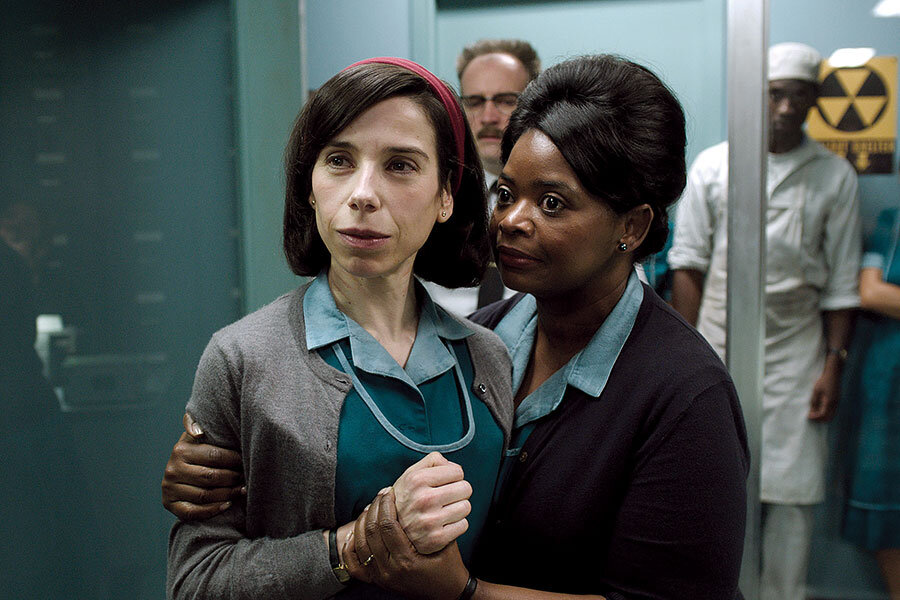Parts of 'The Shape of Water' recall films like Cocteau’s 'Beauty and the Beast'
Loading...
Guillermo del Toro has a head full of old movies, but his films somehow seem sui generis. I think this is because he uses all those stored-up movie memories as trampolines for his own inspiration rather than as touchstones. The best parts of “The Shape of Water,” a fantasy fairy tale set in 1962 in a top-secret aerospace research center, are marvelously rhapsodic in ways that recall films like Jean Cocteau’s “Beauty and the Beast” without ever seeming slavish.
But del Toro, who co-wrote the script with Vanessa Taylor, also has his pulpy side, and I often wished while watching this film that he had jettisoned all the cold-war melodrama featuring Michael Shannon, as a big bad government agent, and focused more fully on the relationship between the mute Elisa (Sally Hawkins), a night-shift janitor, and the mysterious merman captured in the Amazon by government operatives in order to harvest his body parts for “research.” Still, scenes like the merman and Elisa making lyrical love underwater stay with you, and Hawkins, as she also demonstrated this year in “Maudie,” is touched by grace. Grade: B- (Rated R for sexual content, graphic nudity, violence, and language.)







